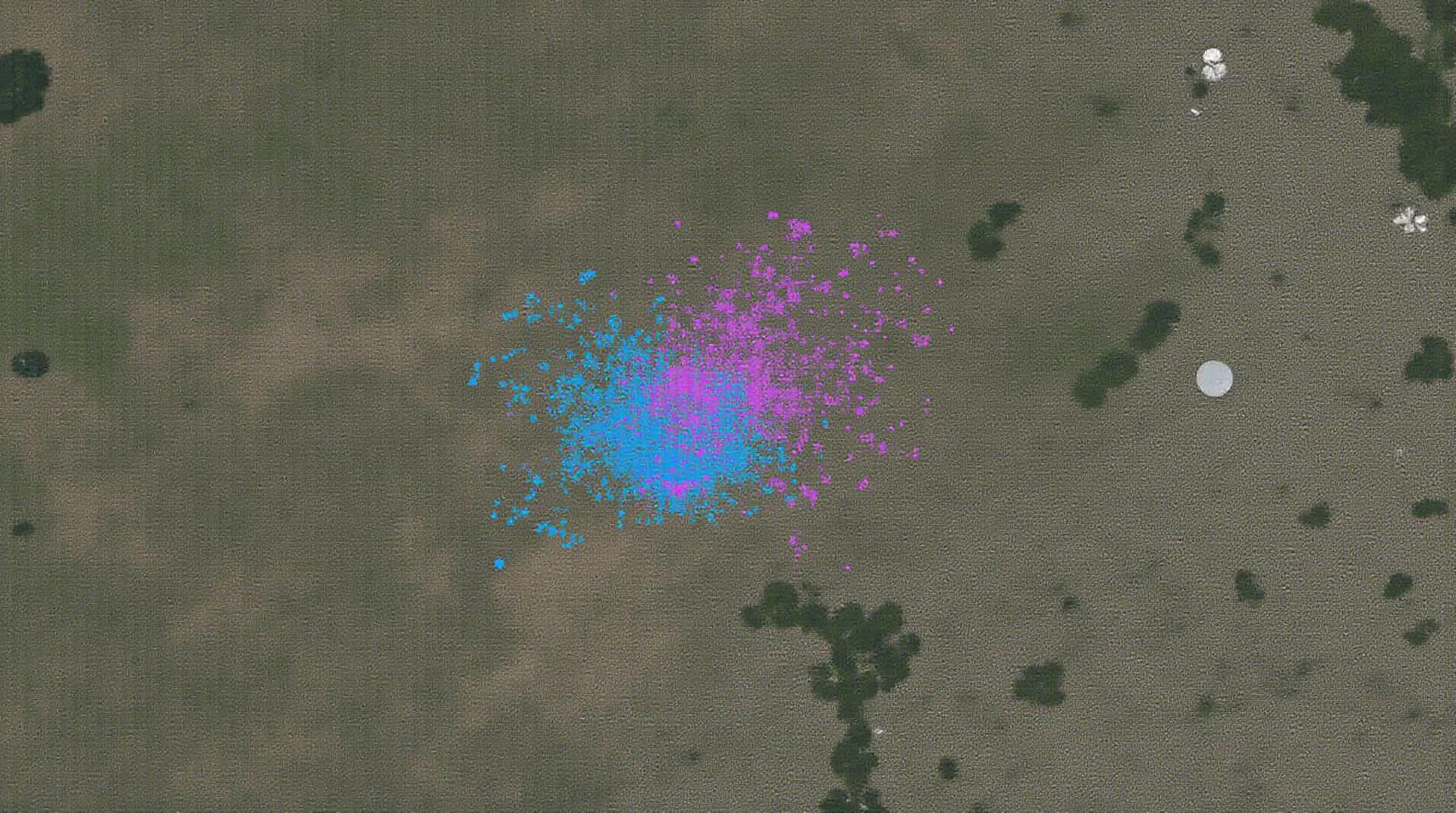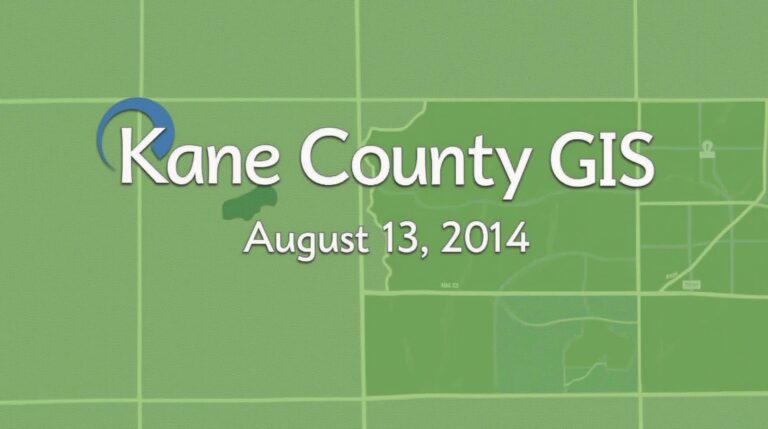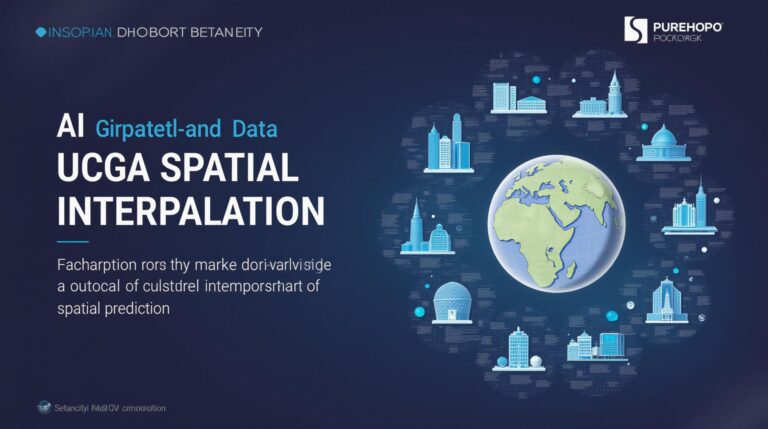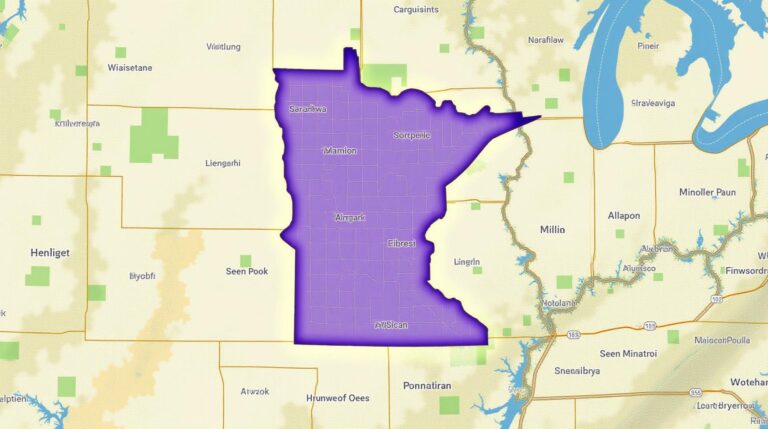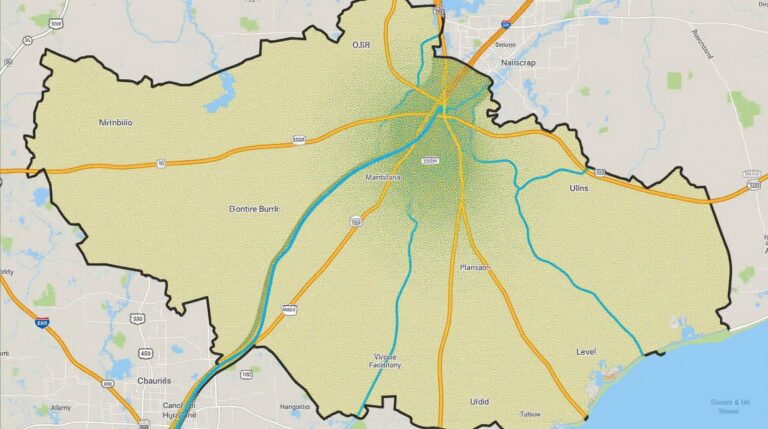AI for Geospatial Data Reconstruction – Missing Data
AI for Geospatial Data Reconstruction: Handling Missing Data
Geospatial data, encompassing geographic locations and Earth observations, holds immense potential for insights into environmental changes, disaster analysis, urban planning, and numerous other areas. However, these datasets often suffer from missing data, gaps in spatial information that hinder analysis and modeling. Fortunately, Artificial Intelligence (AI) has emerged as a powerful technique to tackle this challenge, offering promising solutions for reconstructing complete geospatial data.
What is Geospatial Data Reconstruction: The Missing Piece of the Puzzle
Geospatial data reconstruction aims to fill in the blanks left by missing data points in geospatial datasets. This reconstruction process leverages AI algorithms and machine learning techniques to fill in these missing values and create complete and consistent information sets. As such, virtually any missing data in a geospatial dataset, whether related to temperature values, population densities, water quality indicators, or other location-based data, can be tackled with some form of AI-driven reconstruction.
Benefits of AI for Geospatial Data Reconstruction
- Improved Accuracy and Precision: AI algorithms can analyze numerous data points and make more accurate assumptions than hand-fulfillment techniques for missing data. This leads to more reliable and accurate geospatial analyses.
- Enhanced Data Quality: AI can significantly improve the overall quality and reliability of data through consistent reconstruction methods, leading to more robust modeling.
- Time and Cost-Effectiveness: As a data-driven method, AI simplifies the process of handling missing data. This lowers the costs and effort required to perform comprehensive data analysis.
- Enhanced Understanding of Patterns: By incorporating AI models, we can identify complex spatial patterns and correlations in the data that would be missed by traditional methods, revealing deeper insights into the spatial dataset.
Key Features of AI for Geospatial Data Reconstruction
- Spatial Statistical Models: These models leverage knowledge about spatial relationships, such as spatial autocorrelation or neighborhood effects, to fill in missing data.
- Machine Learning Techniques: Techniques like KNN, Random Forests, and Neural Networks can be used to learn from existing data points and predict missing values based on patterns.
- Deep Learning Models: For complex spatial structures and intricate patterns, deep learning methods offer unparalleled accuracy in documenting missing points. These models learn from substantial amounts of data to understand the geographic relationships effectively.
- Global Context for Reconstruction: AI systems increasingly incorporates global context from aerial imagery and satellite data to generate more accurate reconstructions.
Practical Applications of AI for Geospatial Data Reconstruction
The impact of AI in data reconstruction extends far beyond data science labs. Some widespread implementations can be seen as follows:
- Disaster Response and Risk Assessment: Filling in missing data related to the impact of natural disasters (earthquakes, floods) can aid efficient response planning and necessitate mitigation efforts.
- Urban Planning and Infrastructure: AI can generate more accurate land use maps and automate infrastructure development ~planning activities, including traffic flow analysis and optimizing resource allocation.
- Environmental Monitoring and Conservation: Climate change models, biodiversity monitoring, and pollution tracking utilize AI-driven estimations of missing data to inform conservation efforts and sustainable resource management.
- Agriculture and Forestry: Improved plant health monitoring, crop yield forecasts, and forest species loss estimations rely on AI to enhance agricultural practices, ensuring food security.
- Marketing and Sales: AI enables the development of more detailed and targeted customer segmentation and purchase behavior anticipation.
Resources for Further Exploration
If you wish to delve deeper into the world of AI for geospatial data reconstruction, consider utilizing the following resources:
- Software Options: ArcGIS, GEOSPATIAL, QGIS
- Machine Learning Libraries and Packages: Scikit-learn, TensorFlow, Keras, PyTorch
- Online Courses and Tutorials: CrowdLearn, Coursera, Udacity
- Research Papers and Publications: GeoAI databases and scientific journals
Conclusion
AI is revolutionizing the way we analyze and derive insights from geospatial data, leading to impactful solutions across multiple domains. The AI-driven reconstruction of missing geospatial data offers the potential for significant advancements in fields like disaster response, urban planning, environmental sciences, and more. Exploring geographic data analysis with AI promises an exciting future filled with innovations and deep-cut solutions.
Check similar topics:
FAQs About GeoAI-Missing Data
Below you’ll find frequently asked questions about GeoAI-Missing Data, a powerful tool for addressing data gaps in geographical analysis and data science.
What is GeoAI-Missing Data?
GeoAI-Missing Data is a data understanding and management framework specifically designed for handling missing data in geographic datasets. It utilizes artificial intelligence and machine learning to identify, understand, and minimize the impact of missing data, enabling effective analysis, decision-making, and visualization.
Where can I access GeoAI-Missing Data?
Currently, GeoAI-Missing Data is available for download and use at [link to download your geoai-missing-data]. For specific instructional guides and documentation, visit [link to your documentation page].
What Data Formats does it Support?
GeoAI-Missing Data supports various geographic data formats commonly encountered in environmental, demographic, and location-based data analysis, including:
- Shapefiles
- GeoJSON
- CSV
- KML
- Many others
How do I Use GeoAI-Missing Data?
Using GeoAI-Missing Data is straightforward. We offer guides and tutorials at [link to user guides and tutorials]. These will walk you through the key steps, including data preparation, analysis, and interpretation, to make the most out of this valuable tool.
In addition, these resources cover:
- Data Insights
- Example Use Cases
What is the Significance of GeoAI-Missing Data?
GeoAI-Missing Data plays a crucial role in:
- Improving analysis accuracy and integrity.
- Ensuring that valuable information is retrieved despite missing data.
- Estimating and predicting missing data with advanced algorithms.
- Facilitating effective collaboration across different geospatial tools and services.
What is the Future of GeoAI-Missing Data?
The future of GeoAI-Missing Data is even brighter with ongoing research in areas such as:
- Improved predictive modelling of missing data.
- Development of novel methods for integrating AI and geospatial data analysis.
With its growing potential, GeoAI-Missing Data holds vast opportunities to improve the utilization of geographic analytics. Tools like GeoAI-Missing Data are empowering domain specialists and data analysts, paving the way for more robust and insightful geo-applications.
**Note:**
* **Replace the placeholder links** with the actual links to your GeoAI-Missing Data resources. Be sure the links actually work!
* **Add any further relevant examples** you have for GeoAI-Missing Data for different applications.
* **Feel free to adjust the language** and add more specific details to further enhance the FAQs.
Let me know if you have any specific questions about GeoAI-Missing Data!

